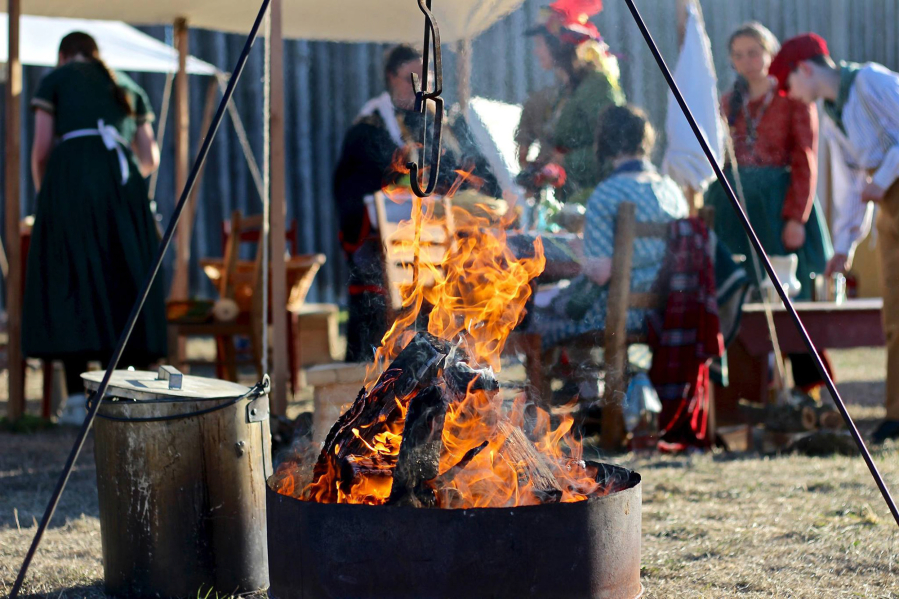On the night of Sept. 26, 1844, the whole familiar history-to-be of Vancouver and Clark County nearly went up in smoke. How would this community have grown — what would this community have become — if fire had erased from the map this early, remote anchor of the growing United States of America?
There was precious little rain at Fort Vancouver that summer, according to the meticulous records kept by the employees of the Hudson’s Bay Company. And on Sept. 24, a plume of dark smoke was spotted rising to the east. Chief Factor John McLoughlin was away in the Willamette Valley, where fires were also raging, and Chief Trader James Douglas, who was in charge, wrote that “a dense cloud of smoke, indicating the existence of an extensive fire, was observed rising from the banks of the river at some distance to the eastward.”
Men snapped into action. Trenches were dug, and water was carted from the river. By the end of the next day, Douglas was feeling confident that the fire was “completely subdued.”
But that turned out to be a dress rehearsal. An even greater mass of smoke was seen rising from the Camas plain about 6 miles northeast of the fort, and Douglas rode out to take a look. The outlook was even worse than before, he reported. Expect to be “assailed at all points,” he warned.




